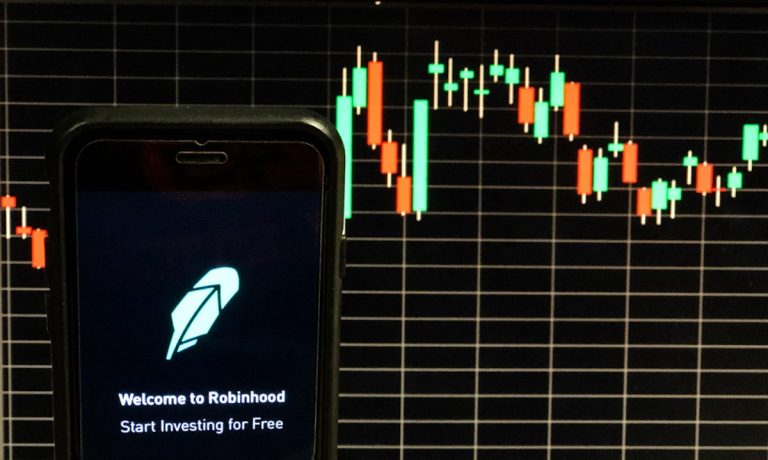
The appetite for new listings got a bit of a test this week, with a less-than-soaring debut for a high-profile platform company, and relatively smaller deal sizes for special-purpose acquisition companies (SPACs).
Banking-focused listing announcements continue to lead the pack with 41 listings, as PYMNTS has found, followed by payments firms at 22 announcements. Drilling down a bit, the SPAC-related activity, international in scope, was dotted with plans to target eCommerce and financial services.
In one example, A SPAC I Acquisition, billed as a Hong Kong-based blank-check acquisition firm that will target eCommerce and technology deals in Asia, has filed with the Securities and Exchange Commission (SEC) for an offering that will raise as much as $80 million.
And elsewhere, Williams Rowland Acquisition, a SPAC that will reportedly be targeting FinTech firms, among other acquisitions, went public this week, debuting at $10 — and at this writing had been trading around those levels.
And Founder SPAC, which will eye the cloud and other high-tech sectors for its own business combinations, said this week that it had filed with the SEC to raise $275 million.
It’s Paytm, the Indian digital payments giant, that may be among the largest listings on the international stage. The company is widely expected to launch its initial public offering — the largest ever in India — near the end of October, for as much as $2.2 billion.
Bumpy Debut For Robinhood
All eyes this week, though, were likely on the debut – (and depending on how you look at it, perhaps less-than-auspicious debut) – of stock investing platform firm Robinhood. As has been widely reported, Robinhood went public, having priced its own offering at the lower end of its stated range, and upon its first day of trading finished under that price, sinking 8 percent below the offer price of $38. As of Friday morning (July 30), shares were indicating lower. In Wall Street parlance, this is known as a “busted” IPO.
It may be the case that Robinhood’s slide is company-specific. After all, the company has shown heady growth but is facing some regulatory scrutiny, and has also warned that any slide in crypto-related trading may dent top-line momentum.
Or it may the case that investors are showing signs of listing fatigue – where the promised hottest new disruptor simply is a face in the crowd – right into the teeth of worries about Delta variants and how the economy might fare going forward.
After all, earnings season is still ongoing; earnings are typically a rear-view of the snapback, a year on from the depth of the pandemic. What’s less than certain is what will happen moving forward.
Though some companies have raised their guidance or might be re-introducing guidance after a long period of low (or no) visibility, we’re not fully out of the woods yet. SPACs are known for their optimistic, sometimes aggressive projections of how operations will fare going forward (which, in turn, plays a major role in valuation).
One wonders what it means when Robinhood, a firm geared toward Wall Street, is (at least initially) less than well-received by that Street. It might signal that investors and traders don’t think the investing and trading enthusiasm is going to last – which would have negative ripple effects for traditional IPOs and SPACs alike.